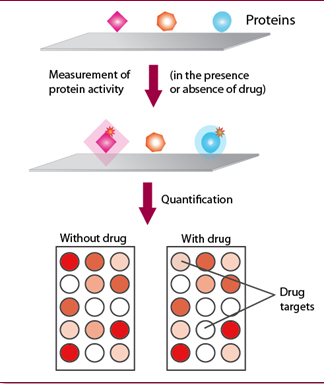LaBaer Lab | Home
Chronic Myeloid Leukemia (CML)
Investigators: Fernanda Festa, Ph.D.
Collaborators: Nathaniel Gray, Ph.D. (HMS, DFCI)
Disease Background
| Who gets it? What are the symptoms?
|
How do we detect it now? How is it currently treated?
|
What are the current challenges?
|
Our Approach
 Chronic Myeloid Leukemia is caused by a translocation in between two chromosomes that makes a fusion protein that can be specifically targeted with drugs to treat the disease. Unfortunately, mutations in this protein often occur and results in disease that is resistant original to the first generation drug regimens. We are studying these mutations and identifying which the best 2nd generation drugs to target which the different mutations to identify the appropriate drug for each patient.
Chronic Myeloid Leukemia is caused by a translocation in between two chromosomes that makes a fusion protein that can be specifically targeted with drugs to treat the disease. Unfortunately, mutations in this protein often occur and results in disease that is resistant original to the first generation drug regimens. We are studying these mutations and identifying which the best 2nd generation drugs to target which the different mutations to identify the appropriate drug for each patient.

